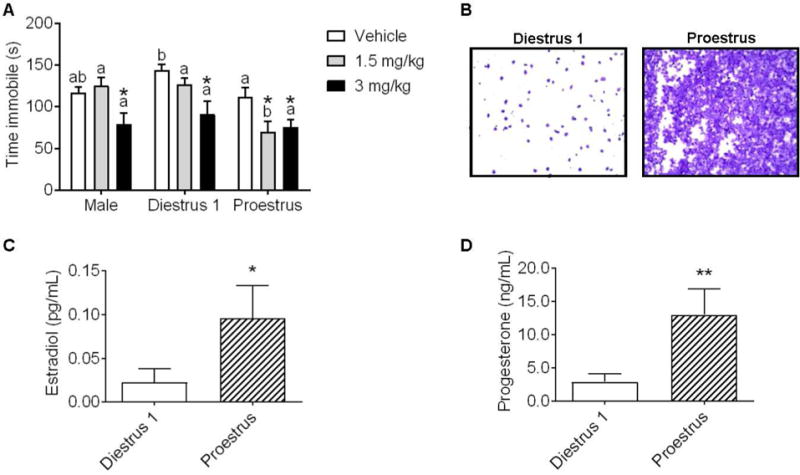Figure 2. Behavioral sensitivity to the antidepressant-like effect of ketamine is influenced by sex and by estrous stage.

(A) Ketamine at 3 mg/kg reduced immobility time in males and diestrus 1 (D1) females, 1.5 and 3 mg/kg ketamine reduced immobility time in proestrus (Pro) females (*p<.05 vs. within-group vehicle). (B) Representative vaginal lavage samples from D1 and Pro females. (C) Plasma levels of estradiol (pg/mL) and levels of progesterone (ng/mL) were significantly lower in females in D1 vs. Pro females (*p<.05, ** p <.01). Data are means + SEM. Different letters indicate statistically significant differences within the treatment group. (males: n=8/group, D1: n=7–9/group, Pro: n=7–10/group; plasma: n=5–7)
